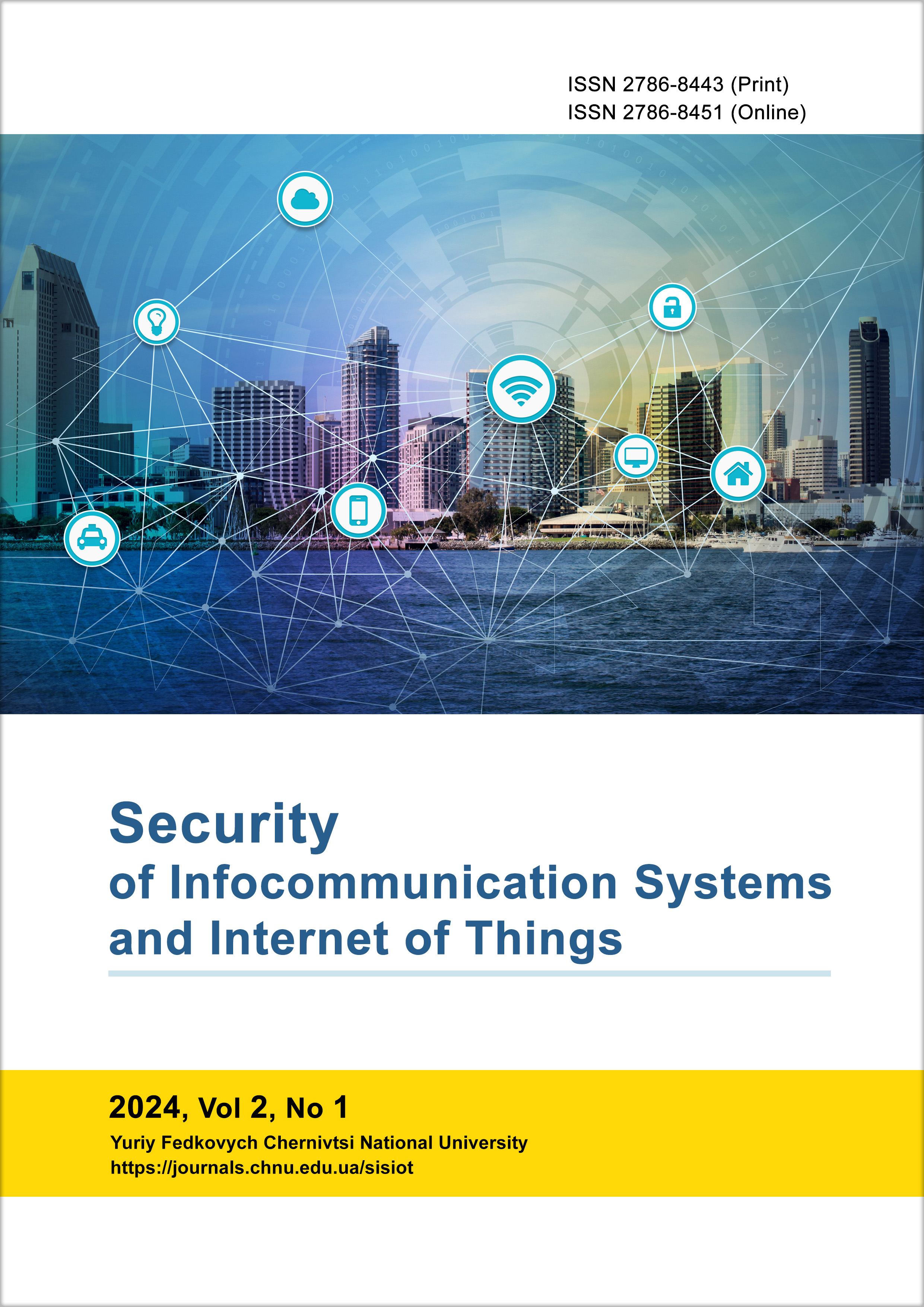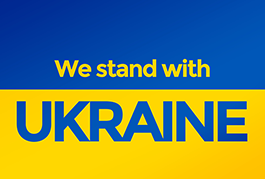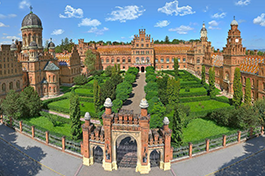Modelling the Identification and Classification of Military Air Objects Based on Machine Learning
DOI:
https://doi.org/10.31861/sisiot2024.1.01001Keywords:
identification, military aircraft, artificial intelligence, machine learning, deep learningAbstract
The article is devoted to the urgent problem of developing systems for intelligent identification of military aircraft based on artificial intelligence, machine learning and deep learning technologies as an important task for ensuring national security and increasing the efficiency of military operations. The necessity of such systems capable of automatically accurately recognizing and classifying aircraft in images is substantiated. Their advantages over traditional methods are highlighted: higher performance, speed, accuracy, elimination of the human factor. The critical importance of implementing innovative deep learning solutions to identify threats and increase the effectiveness of military operations is emphasised. Modern methods and tools for object recognition in visual data are analysed. The proposed method of collecting and pre-processing data for model training is described in detail, and a diagram of the key stages of developing a high-precision recognition system based on YOLOv8 is presented. The process of forming a high-quality training dataset from public sources and own aerial survey/satellite images using Roboflow for object annotation, creating subsets for training/validation/testing in the YOLO format is presented. Satisfactory results of fast recognition of military aircraft with high classification probabilities are demonstrated. A comparative analysis of the YOLOv8, R-CNN and GPT-4 models is presented, which shows the advantage of YOLOv8 in terms of forecasting accuracy and speed. The created model management system for setting hyperparameters, selecting object categories, and launching training/prediction processes is described. The results of testing the trained YOLOv8 are presented, which confirmed its high efficiency in accurately detecting targets in difficult conditions due to advanced deep learning algorithms. The optimality of YOLOv8 for solving the problem of military aircraft identification is substantiated.
Downloads
References
Z. Zhao et al., "Object detection with deep learning: A review," Comput. Vis. Pattern Recognit., vol. 1, pp. 1–21, 2019.
P. Adarsh et al., "YOLO v3-Tiny. Object Detection and Recognition using one stage improved model," 6th International Conference on Advanced Computing and Communication Systems (ICACCS), pp. 687–694, 2020.
M. Wu et al., "Object detection based on RGC mask R-CNN," IET Image Processing, vol. 14, pp. 1502–1508, 2020.
L. Aguilera et al., "Deep Learning CNN Implementation on Packed Malware for Cloud Cross Domain Solution Filters," International Conference on Data Science and Its Applications (ICoDSA), IEEE, pp. 192-197, 2022. [Online]. Available: https://doi.org/10.1109/ICoDSA55874.2022.9862936.
G. Bonaccorso, Mastering Machine Learning Algorithms: Expert techniques for implementing popular machine learning algorithms, fine-tuning your models, and understanding how they work. Packt Publishing Ltd, 2020.
M. Memon, "ANN vs CNN vs RNN," Neural Networks Guide, [Online]. Available: https://levity.ai/blog/neural-networks-cnn-ann-rnn, 2022.
M. Mishra, "Convolutional Neural Networks, Explained," [Online]. Available: https://towardsdatascience.com/convolutional-neural-networks-explained-9cc5188c4939, 2020.
A. Bochkovskiy et al., "AlexeyAB/darknet: YOLOv4 (version yolov4)," [Online]. Available: https://doi.org/10.5281/zenodo.562267, Zenodo, 2021.
M. Elgendy, Deep learning for vision systems (1st ed.). Manning, 2020. [Online]. Available: https://books.google.com.ua/books?hl=uk&lr=&id=sDszEAAAQBAJ&oi=fnd&pg=PR13&dq=Elgendy,+M.+(2020).+Deep+learning+for+vision+systems+(1st+ed.).+Manning&ots=8CCANreUy5&sig=xjoeMM3SCna2es_sEG2fI90mmXQ&redir_esc=y#v=onepage&q&f=false.
S. Sah et al., "Machine learning: a review of learning types," [Online]. Available: https://doi.org/10.20944/preprints202007.0230.v1, 2020.
C. Wang et al., "CSPNet: A new backbone that can enhance learning capability of CNN," Proceedings of the IEEE/CVF Conference on Computer Vision and Pattern Recognition Workshops, pp. 390-391, 2020.
W. Kin-Yiu, "Implementation of Scaled-YOLOv4 using PyTorch framework (v1.0.0)," Zenodo, [Online]. Available: https://doi.org/10.5281/zenodo.5534091, 2021.
G. Jocher et al., "Ultralytics/YOLOv5: v6.0–YOLOv5n ‘Nano’ models. Roboflow integration. TensorFlow export, OpenCV DNN support (v6.0)," Zenodo, [Online]. Available: https://doi.org/10.5281/zenodo.5563715, 2021.
A. Yilmaz, "Comparison of Deep Learning and Traditional Machine Learning Techniques for Classification of Pap Smear Images," pp. 63-66, 2020.
N. Nguyen et al., "Semi-supervised Object Detection with Unlabeled Data," In VISIGRAPP (5: VISAPP), pp. 289-296, 2019. [Online]. Available: https://doi.org/10.5220/0007345602890296.
J. Kim et al., "Comparison of Faster-RCNN, YOLO, and SSD for real-time vehicle type recognition," IEEE International Conference on Consumer Electronics-Asia (ICCE-Asia), pp. 1-4, 2020. [Online]. Available: https://doi.org/10.1109/ICCE-Asia49877.2020.9277040.
A. Kuznetsova et al., "The open images dataset v4: Unified image classification, object detection, and visual relationship detection at scale," International Journal of Computer Vision, vol. 128(7), pp. 1956-1981, 2020. [Online]. Available: https://doi.org/10.1007/s11263-020-01316-z.
U. Nepal and H. Eslamiat, "Comparing YOLOv3, YOLOv4 and YOLOv5 for autonomous landing spot detection in faulty UAVs," Sensors, vol. 22(2), pp. 464, 2022. [Online]. Available: https://doi.org/10.3390/s22020464.
X. Jiang et al., "Mnn: A universal and efficient inference engine," Proceedings of Machine Learning and Systems, vol. 2, pp. 1-13, 2020.
P. Puchtler and R. Peinl, "Evaluation of deep learning accelerators for object detection at the edge," In German Conference on Artificial Intelligence (Künstliche Intelligenz), Springer, Cham, pp. 320-326, 2020. [Online]. Available: https://doi.org/10.1007/978-3-030-58285-2_29.
N. Hoang, "Image processing-based spall object detection using Gabor filter, texture analysis, and adaptive moment estimation (Adam) optimized logistic regression models," Advances in Civil Engineering, 2020.
M. Dorrer and A. Tolmacheva, "Comparison of the YOLOv3 and Mask R-CNN architectures’ efficiency in the smart refrigerator’s computer vision," Journal of Physics: Conference Series, vol. 1679, no. 4, pp. 42-62, 2020. [Online]. Available: https://doi.org/10.1088/1742-6596/1679/4/042022.
"Military Aircraft Detection Dataset," [Online]. Available: https://www.kaggle.com/datasets/a2015003713/militaryaircraftdetectiondataset.
"Roboflow," [Online]. Available: https://app.roboflow.com/.
Published
Issue
Section
License
Copyright (c) 2024 Security of Infocommunication Systems and Internet of Things

This work is licensed under a Creative Commons Attribution 4.0 International License.









